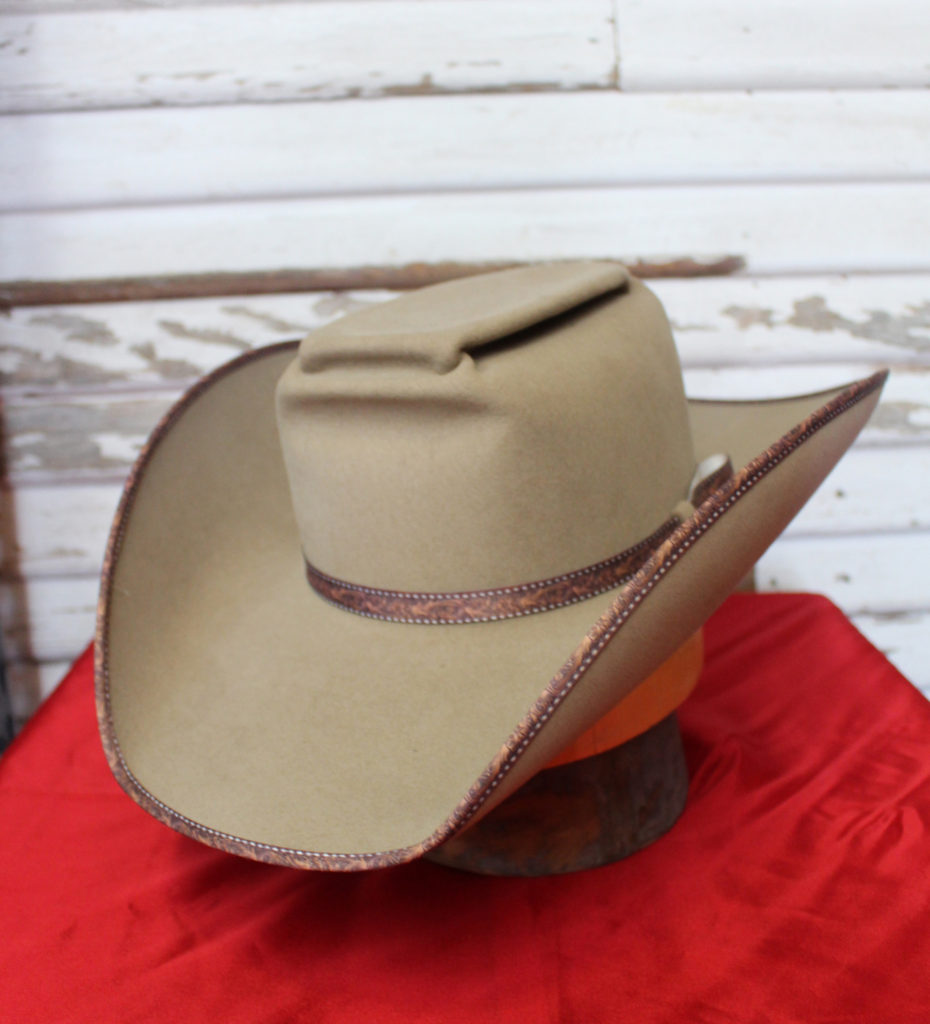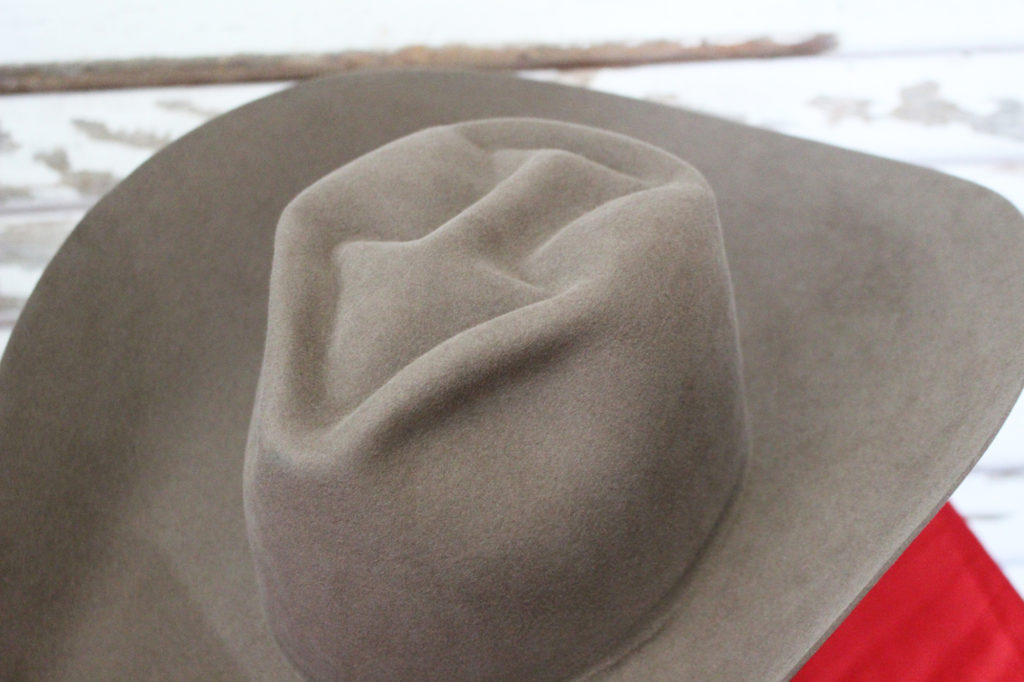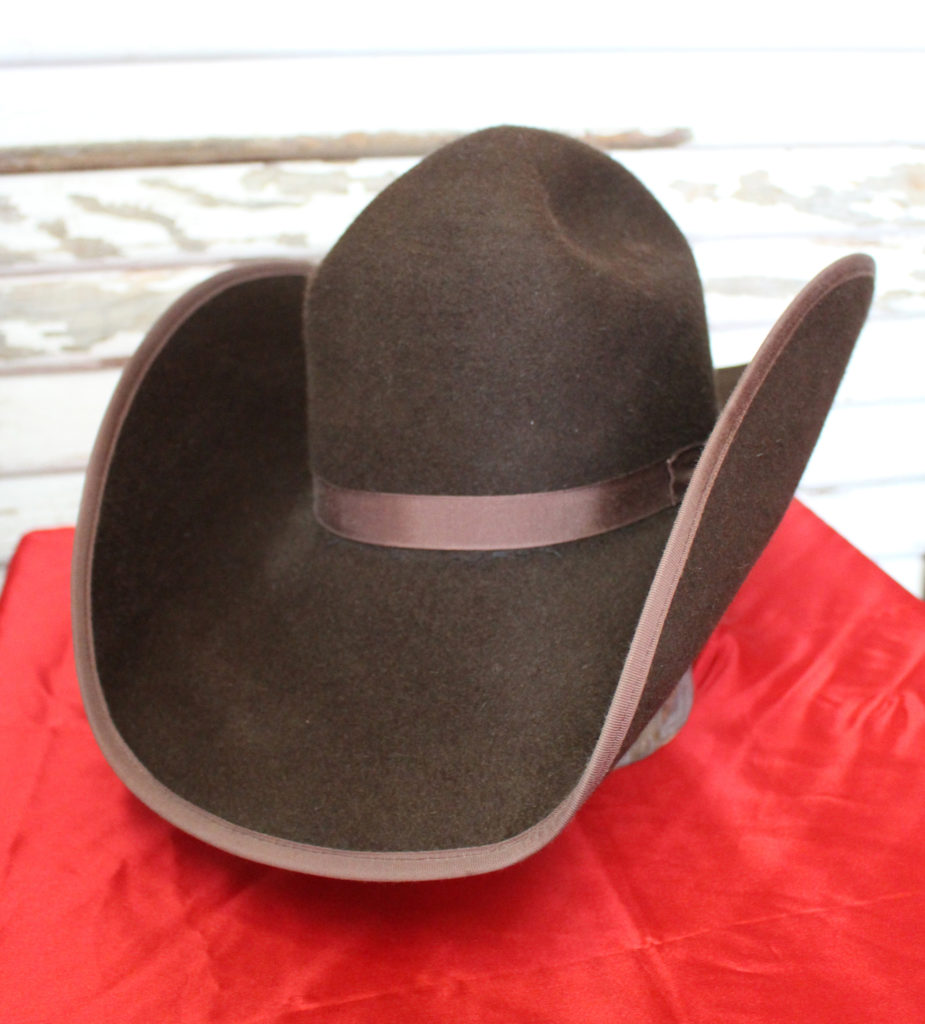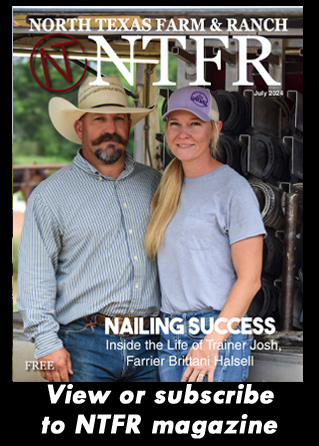Country Lifestyles
Style Your Profile – What your style cowboy hat says about you and new trends in 2017

By Jessica Crabtree
Almost immediately after seeing a hat, Jeff Biggars of Biggar Hat Store in Decatur, can tell you a lot about a person. You see, Biggars claims “that is the biggest change in the style of cowboy hats today: style and color are an extension of the individual’s personality.” He has been in the cowboy hat industry for 20 years, and has seen many styles come and go, while also researching the history of the hat.
The cowboy hat is an iconic symbol, beacon to onlookers of one’s existence, a piece that over centuries has evolved with fashion for function. The beaver hat can be traced as far back as the 1550s. The hat most cowboys wore in the 1800s looks much different than the hats worn today. It had a smaller brim and little shape. Over time, the cowboy hat literally began to take shape.
“Hats like the top hat in the 19th century were made for style and status, but weren’t very functional because they would get knocked off by branches and the smaller brims provided little protection from the sun and rain,” Biggars explained. Smaller crown hats like the bowler were the next transition towards the cowboy hat, because they were more functional while horseback. In the late 1800s brims got bigger and shapes in the crown were established to give cowboys a “handle” for their hat. Shapes on the brim started because of the way cowboys took their hats off repeatedly.
To read more pick up a copy of the February 2017 NTFR issue. To subscribe call 940-872-5922.
Country Lifestyles
Old Man in the Mirror
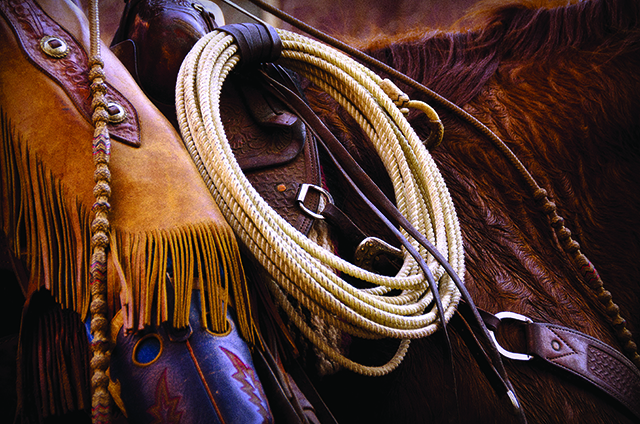
By Bryce
He kicked the goose down blanket to the cold and wood planked floor.
You could see his breath as he was headed for the bathroom door.
He tiptoed down the hall. His feet were bare, in need of socks. And wished that he’d at least tried on his Christmas present Crocks.
His gout caused him to stumble, bumped a cracked and aging mirror. The cowboy’s true reflection forced an old man to appear.
The cowboy hesitated. Both hands were aged and shook. But he stretched and straightened out the mirror. This time he dared a look.
His face was worn and wrinkled, gray hair knotted on his head. Eyebrows kinked and twisted showed a hint of younger red.
The wrinkles in his face proved years of riding in the sun, and maybe too much bourbon from his younger days of fun.
The cowboy quizzed the old man, “Are you sure you’re really me?” The old goat in the mirror replied, “You don’t like what you see?”
“You’ve walked past me a thousand times and never shot a glance. Your gaze into the mirror today is more than happenstance.”
To read more, pick up a copy of the July issue of NTFR magazine. To subscribe by mail, call 940-872-5922.
Country Lifestyles
Lessons from a Pit Bull

By Dal Houston
I have always liked dogs. Well, to say I have always really loved dogs would be more truthful – especially mutts or dogs from the pound. Until recent years, the only dogs I really did not like were pit bulls. It seemed like every other day there would be a news story about a pit bull mauling some child or elderly person, and in some cases, killing them. After hearing these stories, I often wondered why someone would want such a dangerous dog. I even remember hearing about some wanting to ban pit bulls from their communities, and at one time, I thought that may not be a bad idea.
I do not think I had ever had an encounter with a pit bull, nor did I know anyone who did, that caused this negative opinion, rather it was what I heard about the breed from others that turned me against them. Then, about eight years ago, while looking for cattle along the river, a pit bull pup, likely having been dumped, came out of the brush. Had it been a dog of any other breed, I would have had no qualms about approaching it, but I saw that thick, wide head, and all I could think was that I had better be careful because it was probably a dangerous dog. The pup was scared and standoffish, but after a while, we finally approached each other. This was the beginning of a wonderful relationship, and, as I have recently learned, a dramatic eye-opening life lesson.
To read more, pick up a copy of the July issue of NTFR magazine. To subscribe by mail, call 940-872-5922.
Country Lifestyles
When a City Girl Goes Country
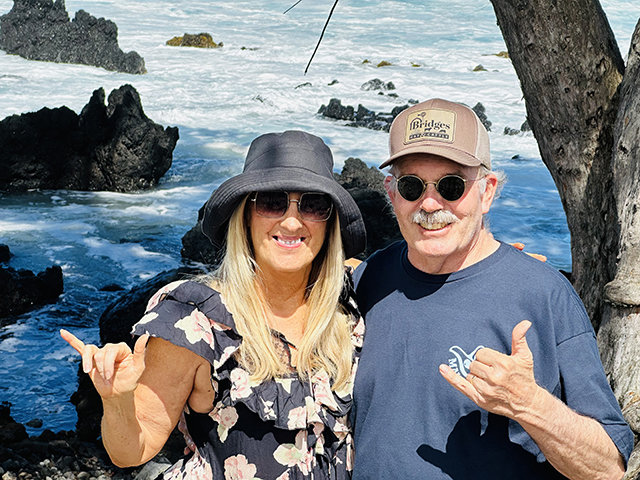
By Annette Bridges
My country boy and I are in our fifth decade together, and that sounds like forever when I write it. I am thankful for our many years together, but these days I wish I could shake the feeling of time as fleeting. I am doing my best, however, to accept the progression of time as part of the miracle of life and focus on living each and every moment to its fullest potential.
Our past decade has been one of many changes, but maybe all decades are like that. Some
changes we want, some we do not. Some we create ourselves, some when we have no choice other than to accept them as part of life. I admit I have not been super happy with myself in recent years. I am carrying the extra pounds I promised myself I would not gain back. I still struggle with sadness and regret so deep that at times takes my breath away.
To read more, pick up a copy of the July issue of NTFR magazine. To subscribe by mail, call 940-872-5922.
-

 Country Lifestyles1 year ago
Country Lifestyles1 year agoScott & Stacey Schumacher: A Growth Mindset
-

 Equine10 months ago
Equine10 months agoThe Will to Win
-

 HOME7 years ago
HOME7 years agoGrazing North Texas – Wilman Lovegrass
-

 Country Lifestyles4 years ago
Country Lifestyles4 years agoAmber Crawford, Breakaway Roper
-

 Outdoor9 years ago
Outdoor9 years agoButtercup or Primrose?
-

 Country Lifestyles8 years ago
Country Lifestyles8 years agoDecember 2016 Profile, Rusty Riddle – The Riddle Way
-

 Country Lifestyles8 years ago
Country Lifestyles8 years agoJune 2016 Profile – The man behind the mic: Bob Tallman
-

 Country Lifestyles8 years ago
Country Lifestyles8 years agoCowboy Culture with Clay Reid – Being a Man

